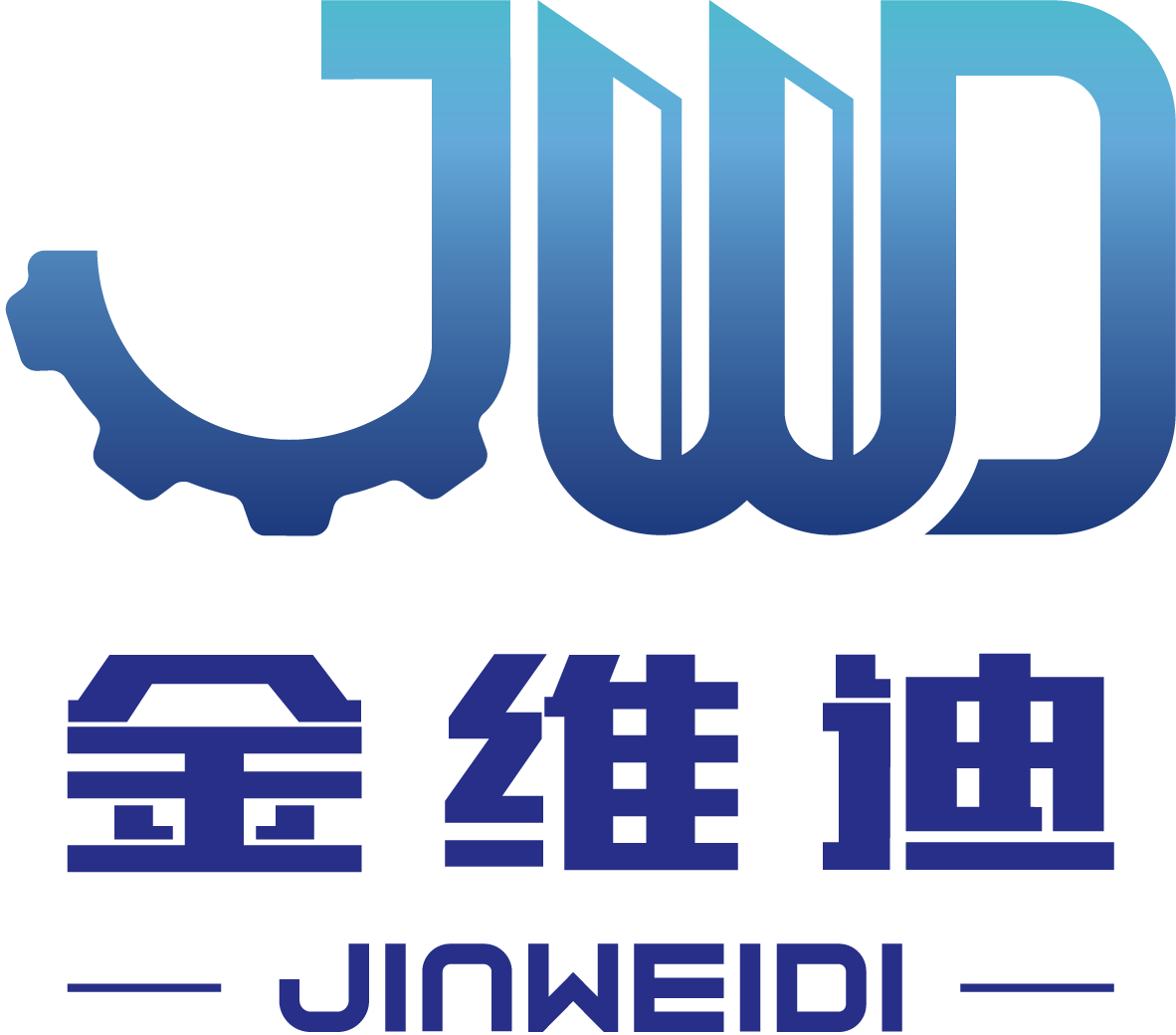Double-axis Hydraulic Thread Rolling Machines: A Game Changer for Reinforced Steel Production
Double-axis Hydraulic Thread Rolling Machines: A Game Changer for Reinforced Steel Production Table of Contents 1. Introduction to Double-axis Hydraulic Thread Rolling Machines 2. The Technology Behind Thread Rolling 3. Key Advantages of Double-axis Hydraulic Machines 4. Applications in Reinforced Steel Production 5. Comparison with Other Manufacturing Methods 6. Cost Effi
May 14,2025
Double-axis Hydraulic Thread Rolling Machines: A Game Changer for Reinforced Steel Production
Table of Contents
- 1. Introduction to Double-axis Hydraulic Thread Rolling Machines
- 2. The Technology Behind Thread Rolling
- 3. Key Advantages of Double-axis Hydraulic Machines
- 4. Applications in Reinforced Steel Production
- 5. Comparison with Other Manufacturing Methods
- 6. Cost Efficiency and Productivity Gains
- 7. Maintenance Considerations and Sustainability
- 8. Future Trends in Reinforced Steel Production
- 9. FAQs
- 10. Conclusion
1. Introduction to Double-axis Hydraulic Thread Rolling Machines
In the ever-evolving landscape of manufacturing, **double-axis hydraulic thread rolling machines** have emerged as critical tools in the production of reinforced steel. These machines are designed to create threads on steel bars, which are essential for various construction applications. This article aims to explore the transformative impact of these machines on the reinforced steel industry.
2. The Technology Behind Thread Rolling
Thread rolling is a cold forming process that involves the plastic deformation of metal to create threads. In double-axis hydraulic thread rolling machines, two axes are employed to facilitate the rolling process. This dual-axis capability allows for more efficient thread formation and enhances the quality of the final product.
**Key components** of these machines include:
- **Hydraulic Systems**: Provide the power needed for the rolling process.
- **Rolling Dies**: Precision-engineered dies are crucial for shaping the threads accurately.
- **Control Systems**: Advanced electronics monitor and adjust parameters for optimal performance.
This technology ensures a significant reduction in material wastage, resulting in cost savings for manufacturers.
3. Key Advantages of Double-axis Hydraulic Machines
Double-axis hydraulic thread rolling machines offer several distinct advantages that contribute to their rising popularity in the reinforced steel sector:
Enhanced Precision
The dual-axis design allows for more precise control over the rolling process, resulting in uniform threads that meet stringent industry standards.
Increased Efficiency
These machines can process a larger volume of materials in a shorter time frame compared to traditional methods. This increased throughput is essential for meeting the demands of large-scale construction projects.
Reduced Material Waste
By employing a cold forming process, double-axis machines minimize material waste, making them a more sustainable option for steel production.
Improved Strength and Durability
The thread-rolling process inherently improves the mechanical properties of the steel, leading to stronger, more durable products that are better suited for demanding applications.
Versatility
These machines can accommodate various sizes and types of steel bars, making them suitable for different construction requirements.
4. Applications in Reinforced Steel Production
Double-axis hydraulic thread rolling machines have a wide range of applications in the reinforced steel industry, including:
Construction
Reinforced steel is a fundamental component in building structures, bridges, and highways, where strength and durability are paramount. The threads produced by these machines allow for secure connections in concrete applications.
Manufacturing
In the manufacturing sector, these machines are used to create threaded components for machinery and equipment, ensuring reliability and performance.
Infrastructure Projects
For large infrastructure projects, such as tunnels and dams, double-axis hydraulic thread rolling machines provide the necessary steel reinforcement to withstand extreme stresses.
5. Comparison with Other Manufacturing Methods
When comparing double-axis hydraulic thread rolling machines to other manufacturing methods, several factors come into play:
Thread Cutting vs. Thread Rolling
While traditional thread cutting can be time-consuming and wasteful, thread rolling offers a more efficient alternative. The cold working process of thread rolling enhances the material's strength and reduces scrap.
Cost-Effectiveness
Although the initial investment in double-axis machines may be higher than that of conventional methods, the long-term savings in labor, material waste, and production time make them a cost-effective solution.
6. Cost Efficiency and Productivity Gains
Adopting double-axis hydraulic thread rolling machines leads to significant cost efficiencies:
Labor Savings
Automation and advanced control systems reduce the need for manual intervention, allowing companies to redirect labor resources to other critical areas.
Material Cost Reduction
With less material waste and higher yield rates, manufacturers can lower material costs, leading to improved profit margins.
Shorter Production Cycles
The efficiency of double-axis machines means reduced production cycles, allowing manufacturers to meet tight deadlines without compromising quality.
7. Maintenance Considerations and Sustainability
To ensure the longevity of double-axis hydraulic thread rolling machines, regular maintenance is essential. This includes:
Routine Inspections
Regular checks on hydraulic systems, rolling dies, and control systems help identify potential issues before they escalate.
Proper Lubrication
Lubricating moving parts reduces friction, enhancing machine performance and extending operational life.
Sustainability Practices
Utilizing energy-efficient machines and implementing recycling processes for scrap materials contribute to a more sustainable production environment.
8. Future Trends in Reinforced Steel Production
As technology continues to advance, we anticipate several trends shaping the future of reinforced steel production:
Integration of Industry 4.0
The integration of smart technologies, such as IoT and AI, will enhance the efficiency and monitoring of thread rolling processes.
Increased Demand for Sustainable Solutions
With a growing focus on sustainability, manufacturers will increasingly adopt eco-friendly practices and materials in steel production.
Customization and Flexibility
The demand for customized steel products will drive manufacturers to employ more versatile machines, like double-axis hydraulic thread rollers, capable of producing various specifications.
9. FAQs
What is a double-axis hydraulic thread rolling machine?
A double-axis hydraulic thread rolling machine is a manufacturing tool used to create threads on steel bars through a cold forming process, enhancing the quality and strength of the material.
How does thread rolling compare to other methods like thread cutting?
Thread rolling is generally more efficient and results in less material waste compared to thread cutting, which can be time-consuming and produce more scrap.
What industries benefit from using double-axis hydraulic thread rolling machines?
Industries such as construction, manufacturing, and infrastructure significantly benefit from these machines due to their ability to produce high-quality, durable threaded steel components.
What maintenance is required for these machines?
Regular maintenance includes routine inspections, proper lubrication of moving parts, and adherence to manufacturers' recommended service schedules.
Are double-axis hydraulic thread rolling machines cost-effective?
Yes, despite higher initial costs, they offer long-term savings through reduced labor, material waste, and shorter production cycles, making them a cost-effective solution for manufacturers.
10. Conclusion
Double-axis hydraulic thread rolling machines represent a significant advancement in the production of reinforced steel. Their efficiency, precision, and sustainability make them an invaluable asset in modern manufacturing. As the demands of the construction and infrastructure industries continue to evolve, the adoption of these machines will undoubtedly play a pivotal role in meeting these challenges head-on. Embracing this technology allows manufacturers to enhance their production capabilities while maintaining high standards of quality and sustainability. The future of reinforced steel production is bright, and double-axis hydraulic thread rolling machines are at the forefront of this transformation.
PREVIOUS:
Related Posts
Contact Us
E-mail:
jwd_machinery@sina.com
Phone/WhatsApp:
+86 18515871688
Address:
North side of 7th Road, Taocheng North Industrial Park, Hengshui City, Hebei Province, China




